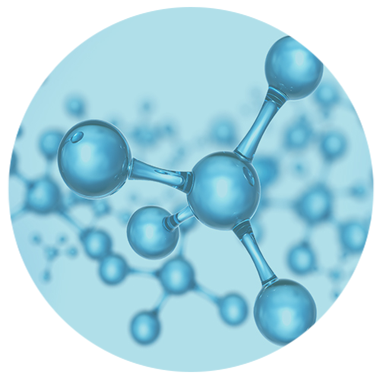Technological projects portfolio

POLYIONS
A source of ions for FIB application
 USE CASES
USE CASES
The POLYIONS project aims to develop and market a new type of ion source that would provide significant improvements for applications such as very high resolution surface analysis (FIB-SEM), micro-engraving and machining or ionic nano-implants.
This new ion source would be particularly useful for prototyping in the microelectronics industry.
 ADVANTAGES
ADVANTAGES
Currently, LMIS conductive liquid sources (Liquid Metal Ion Source) and its variants offer high brightness and long service life. However, they have certain inconveniences such as a limited choice of ions that can be obtained (LMIS, MiLICIS, ILIS). The presence of droplets, in addition to pure ionic species, can generate beam focusing and cause contamination (ILIS). Finally, the complexity of certain systems can increase the rate of breakdown (notably with surface ionization sources).
The technological innovation in this case concerns the source of the ions. This approach makes it possible to perform ion extraction within a wide range of compatibility*, with high ionic purity (90%), no contamination and dual charge (+/-). The technology improves the separation of charges, reduces or eliminates the redox effects and the source has a sufficiently long service life (over 500 hours).
*especially ions that are currently difficult to obtain (i.e. toll machining requests (NO3-), boranes for ion implantation, Cs+ and I- for imaging, etc.) and nanoparticles.
 APPLICATIONS
APPLICATIONS
Simple production of intense beams of a wide variety of ions (atomic or nanoparticulate) in gas phase and in easy conditions (temperature near ambient temp., low initial speed) and without the formation or simple separation of nanodroplets, opens up application possibilities for:
– high resolution surface analysis (SIMS mass spectrometry): most of the 500 machines across the world could benefit from an upgrade using this source and polymer consumables,
– high resolution surface structuring (by very localized removal or deposit of material) in materials sciences and the field of semi-conductors,
– high resolution ionic imaging,
– Etc.
